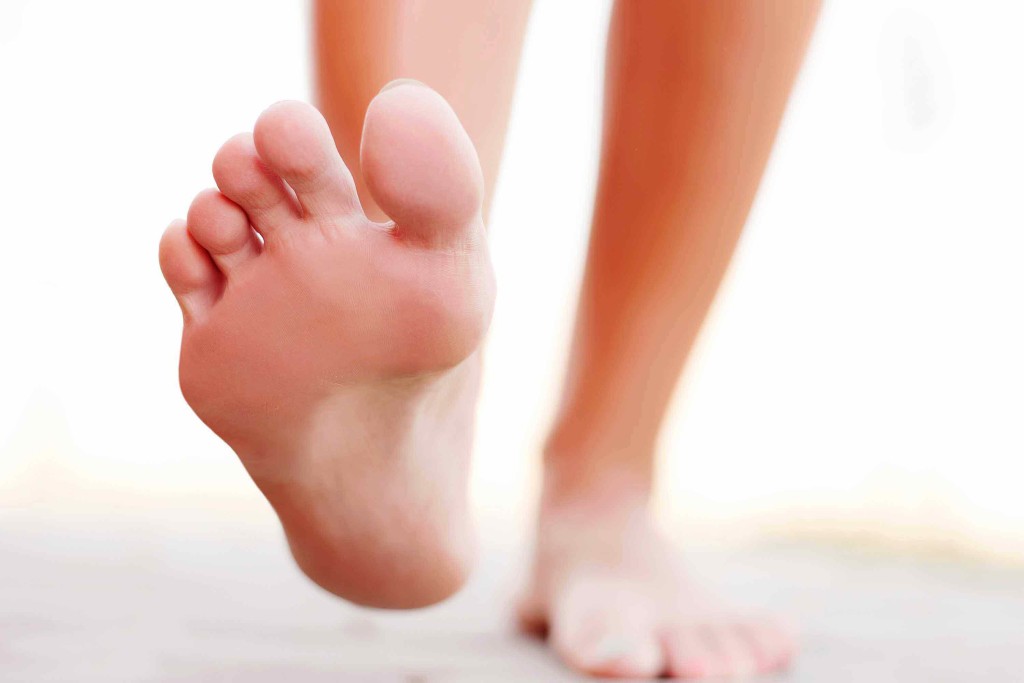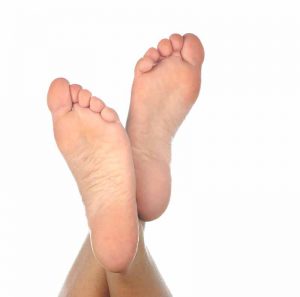Medically Reviewed by Dr. Rachel N. Verville
June 19, 2025
Foot pain is a common issue that can affect anyone, whether you’re dealing with a sports injury, long hours on your feet, or simply the wear and tear of daily life.
While some mild foot pain may resolve with rest and home remedies, certain symptoms require professional care. Knowing when to seek help from a podiatrist can make all the difference in getting the right treatment and preventing further complications. At RNV Podiatry, Dr. Rachel Verville is here to help you understand when it’s time to consult a podiatrist for your foot pain.
Foot Pain Relief: Home Treatments or Professional Care?
In many cases, minor foot pain can be managed with at-home treatments such as rest, ice, compression, and elevation (the R.I.C.E. method) or with over-the-counter pain relievers.
However, if the pain persists for more than a few days, worsens, or is accompanied by other concerning symptoms, it may be time to consult a podiatrist. Professional care can provide targeted treatments to address the underlying cause of your pain, leading to faster recovery and long-term relief.
When to See a Doctor
Here are several symptoms to watch out for:
- Persistent or Worsening Pain
If your foot pain becomes more intense over time, it could indicate a more serious condition that requires professional care. - Swelling, Redness, or Heat
These could be signs of inflammation, infection, or injury. If these symptoms don’t subside or if you notice unusual heat in the area, it’s time to see a podiatrist. - Difficulty Walking or Bearing Weight
If it’s hard to walk or stand for long periods, it could indicate an injury or a condition like plantar fasciitis, tendonitis, or a stress fracture that needs specialized care. - Sharp or Sudden Pain
A sudden, sharp pain, particularly in the heel or arch, can be a sign of conditions like a heel spur or a nerve issue. If you experience this, seeking prompt medical attention can prevent further complications. - Numbness or Tingling
If you experience numbness, tingling, or a “pins and needles” sensation in your foot, this could indicate nerve compression or damage. - Changes in Foot Shape or Deformities
If you notice changes in the shape of your foot, such as a new bump (like a bunion), a misalignment, or a decrease in the arch, it’s important to consult a podiatrist. - Fungal Infections or Open Sores
If you notice signs of a fungal infection, such as an athlete’s foot or a persistent wound that won’t heal, a podiatrist can provide treatment to prevent the condition from worsening.
Partner with a Skilled Podiatrist
If you’re experiencing foot pain that won’t go away or worsen over time, don’t wait—reach out to Dr. Rachel Verville at RNV Podiatry. With her experience in diagnosing and treating various foot conditions, she can help you get back on your feet quickly and comfortably.
If you live in or around Frisco, TX, contact RNV Podiatry to schedule a consultation today. Let Dr. Verville help you find lasting relief from foot pain and improve your quality of life.












